Our Blog
Blog All Items Title
All Recent Articles
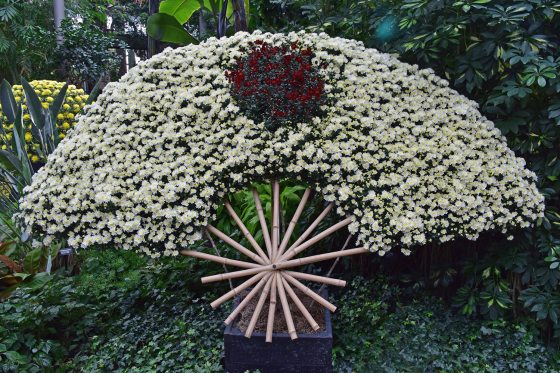
A Fan-tastic New Form Takes Shape
At Longwood Gardens, we start planning for our Chrysanthemum Festival more than a year ahead of our display. At our July 2017 planning meeting for this year’s display, Longwood’s Associate Director, Display Design Jim Sutton brought with him a photo of a mum grown into the shape of a Japanese handheld fan. Jim suggested we try to grow one of our own here at Longwood, and our work began.
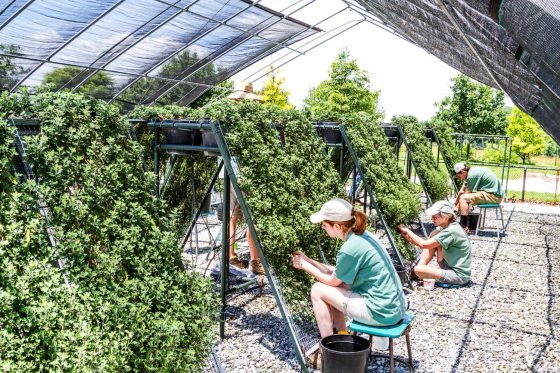
Mother Nature, Mums, and Majesty
Renowned for its rare cultivars and imaginative forms, our Chrysanthemum Festival is the majestic embodiment of our unwavering dedication to preserving the time-honored technique and culture of mum-growing.
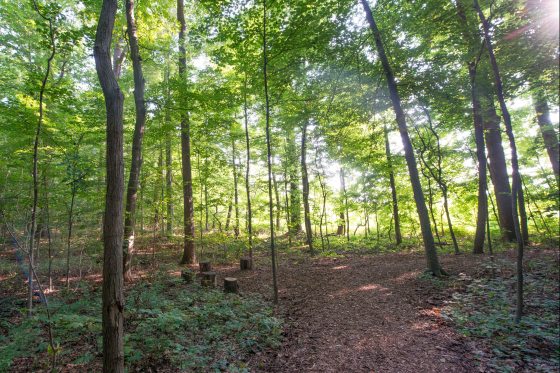
A Longwood Gardens Trail Guide
From shaded woodland paths to sunny wildflower-lined trails, our Gardens provide perfect spots for relaxed strolls as well as more energetic treks. Take a peek at just a few of our welcoming walking trails below and discover much more with a visit to our Gardens.
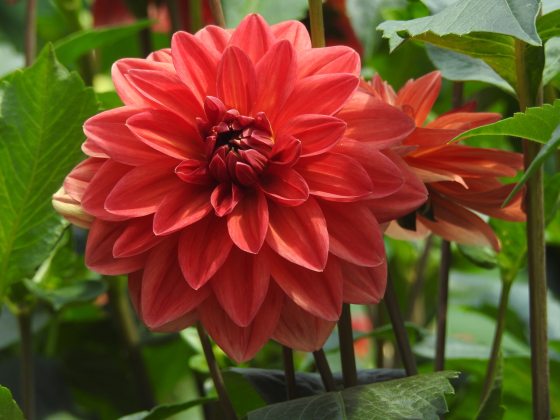
Growing Dahlias at Home
If you’re looking to augment your garden with late season blooms at a time when most perennials begin to fade, consider dahlias. Dahlias come in many colors, shapes, and sizes, and because of their variety, can be incorporated into many garden landscapes. Dahlias are also beautiful in the home, as they make excellent cut flowers.
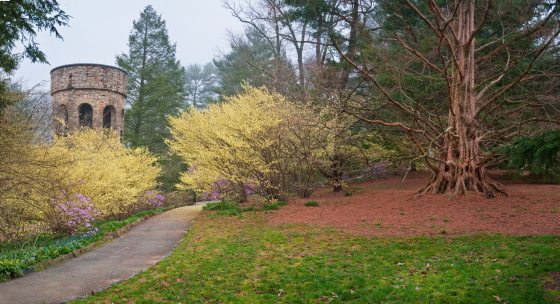
A Plantsman’s Journey Through the Hillside Garden
The Hillside Garden is a magical place at any time of year, offering guests a tranquil retreat brimming with diverse floral displays, a plethora of foliage and textures, and quiet places to sit and reflect. But as spring sets in, the Hillside truly becomes a plant-lover’s paradise.
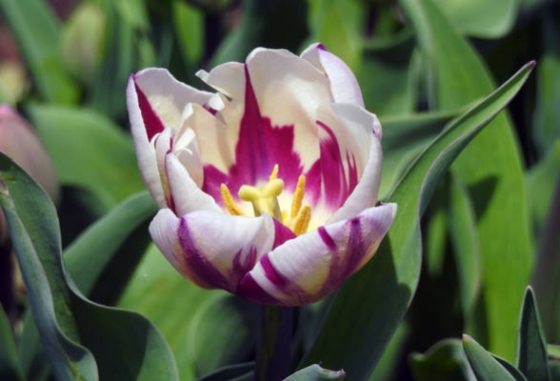
A Tale of Beauty, Rarity, and Mania
Every spring, thousands upon thousands of beauty-seekers head to Longwood Gardens to take in one of our most spectacular sights—our beloved tulips. Ever-changing and always stunning, our tulip display is undeniably gorgeous, but what is it about the tulip itself that draws so much attention and wonder? Why are we so attracted to this seemingly simple flower? The answer may go far beyond the tulip’s beauty and instead lie in mankind’s fascination with the unattainable.
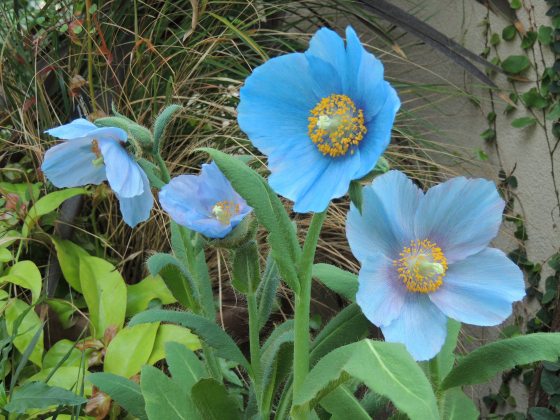
The Allure of Blue
Every March, a special botanical and horticultural rarity goes on display that creates a palpable excitement and fervor among our guests—the fabled Himalayan blue-poppies (Meconopsis ‘Lingholm’). They are poster children for a horticultural pursuit from which no plant group is immune—the quest for blue flowers. There are other blue-flowered plants, but why are they so rarely encountered and why are they so alluring?

Students Discover Joy in a Job Well Done
“It’s heaven,” exclaimed Natalie Kramer when the twinkling white and blue lights began to dance for the first time in our Topiary Garden. Kramer is one of four students who have been working since September assisting Longwood Staff members on the building and installation of the Gardens’ newest holiday light display.
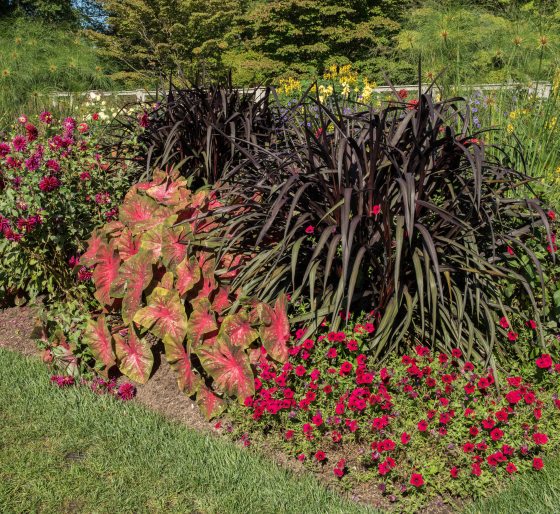
Flamenco Dancer Stomps on Competition
In October we wrapped up our third season of a friendly competition in our Trial Garden. Our gardeners submitted plant combinations and designs that were showcased for all of our guests to enjoy—and vote for their favorites!
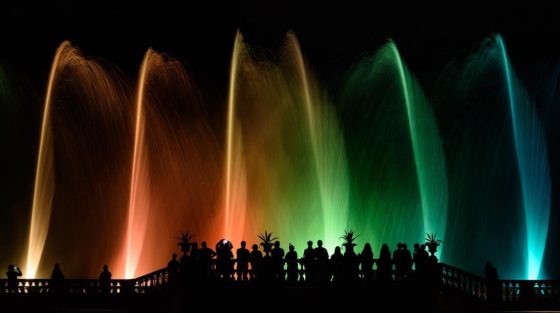
A Grand Return Filled with Gratitude
This past May, as we debuted our Main Fountain Garden, I was filled with awe and anticipation. Watching the revitalization over these last few years has been humbling, to say the least. Fast track 158 days later and the reception the garden received in its summer-into-fall revival surpassed all our expectations.
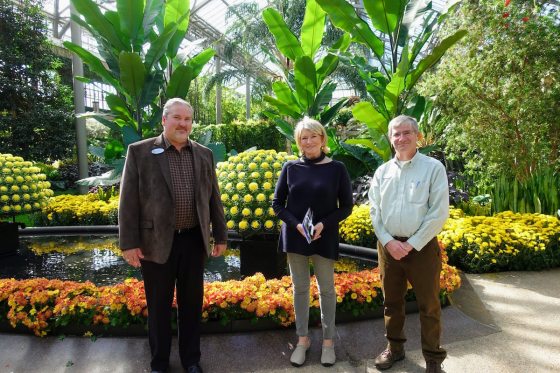
A Visit to Longwood Gardens
While I was at QVC earlier this week, I had the opportunity to visit the exquisite Longwood Gardens in Kennett Square. If you are in the area through November 19th, stop by and visit the Chrysanthemum Festival, where you’ll see thousands of colorful mums planted in orbs, spirals, and pagodas—you’ll love it. Here are photos from my recent visit to Longwood Gardens—enjoy.
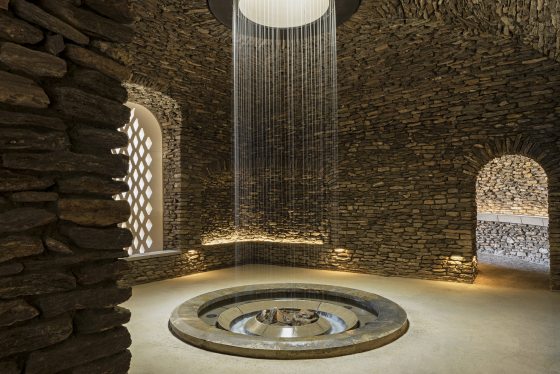
Our Otherworldly Grotto
Grottos are natural or artificial caves used since antiquity as spaces of devotion or retreat in the landscape. From the the caves of Homer’s Odyssey and Ovid’s Metamorphoses, to the rock-cut grottos of Hellenistic Rhodes and spring-fed crypts of Apollo’s oracle at Delphi, the tradition of grottos is founded at the intersection of history and myth.

America’s Versailles
West 8 urban design & landscape architecture has had the privilege of serving as master planners and landscape architects at Longwood Gardens since 2009. During this time, our team has gotten to know the culture, staff, traditions and seasons at Longwood, and walked every corner of the 1,077-acre site. For the Master Plan and the Main Fountain Garden we have worked with Longwood to take a big step back from the complex details of the horticulture and day-to-day operations. Along with our client team at Longwood, we have a huge ambition—to further root the Gardens within the canon of the greatest gardens of the world.
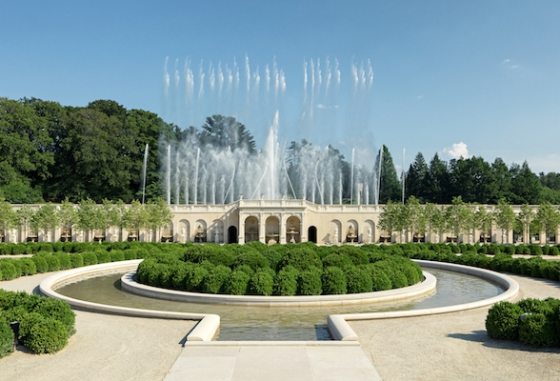
Celebrating Our Founder, Fountains, and Flowing Water
In July 1906, Pierre S. du Pont purchased the rights to the historic Peirce’s Park and surrounding lands, thereby establishing Longwood Gardens. One hundred and eleven years after Mr. du Pont’s purchase, we commemorate this historic act with our Founder’s Day weekend of festivities.
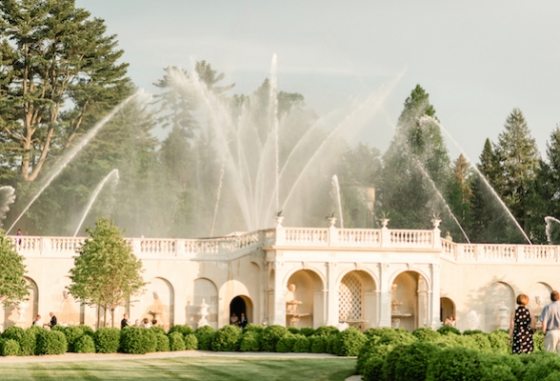
A Flourish of Fountains
Longwood is home to the most significant fountain collection in North America and in June we celebrate all the fountains in our Gardens. From Pierre S. du Pont’s first single-jet fountain on the Flower Garden Walk to the 1,719-jet Main Fountain Garden, guests can learn more about Longwood’s fountains with tours and two new exhibits...

Longwood Releases Clivia miniata ‘Longwood Sunset’
With soft, pastel-colored flowers, Clivia miniata ‘Longwood Sunset’ is a color breakthrough for our 40-year-old clivia breeding program. Apricot and peach tones imbue the reflexed, overlapping tepals with hues of a blushing sunset. Before being named and released, ‘Longwood Sunset’ received multiple awards at the North American Clivia Show in 2014. This year ‘Longwood Sunset’ will be exclusively available for purchase through a partnership with White Flower Farm.
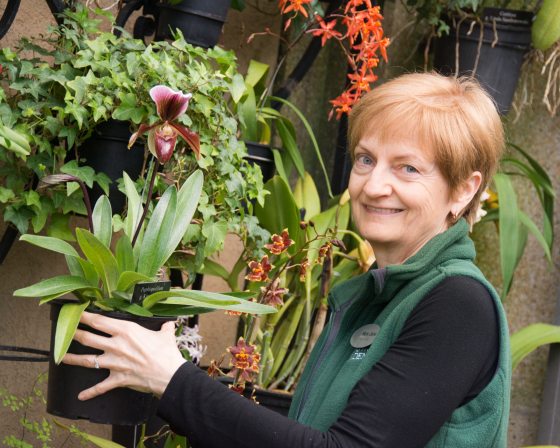
Our Vital Volunteers
Orchids are one of Longwood Gardens’ oldest and largest plant collections, with more than 2,200 different hybrids and species. On any given day, several hundred blooms are on display in the Orchid House in the Conservatory. For the past two years, this extensive and historic collection has been managed by Greg Griffis, Longwood’s orchid grower. As Greg acknowledges, a lot of work is required to keep all these orchids healthy and flourishing, and he relies on the help of a team of dedicated volunteers. I’m privileged to be one of them!
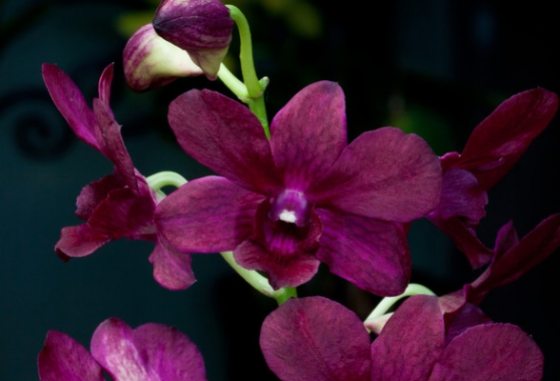
Identifying Orchids
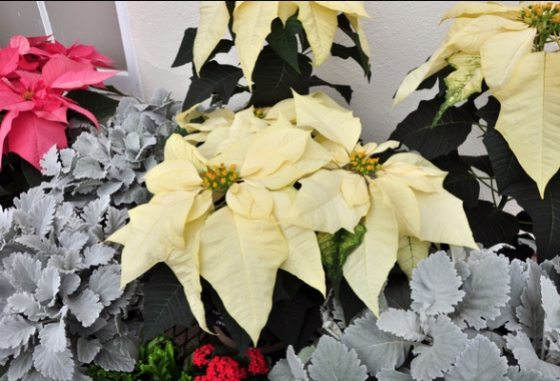
Euphoria Over Euphorbia: Our Poinsettia Panel
Every year during A Longwood Christmas, we feature a small, tucked-away display of poinsettia cultivars in our North Passage (adjacent to our Bonsai display). These varieties are part of our efforts to continually improve the quality of our horticulture displays and introduce new plants to our guests. Midway through the Christmas season, a panel of gardeners, growers, researchers, and our display designer meet up to evaluate the poinsettias and decide which plants we want to grow in the future. Here are some of the panel’s thoughts from this year.
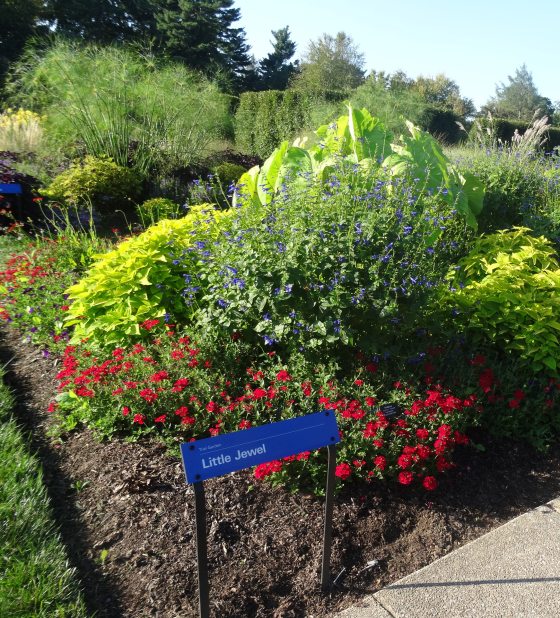
Little Jewel Wins Big
For a second season, staff members from all corners of the Gardens used their creative talents to design garden plots in our Trial Garden—all while engaging in a friendly competition. The process is a way for us to showcase new plants for our guests, evaluate each plant’s suitability for our display, and spotlight our staff’s design talents. Participants selected three to eight plants from a list of more than 160 plant species and cultivars. This year we had a total of 15 different combinations, including the top three combinations from last year's Trial Garden. The results are in!